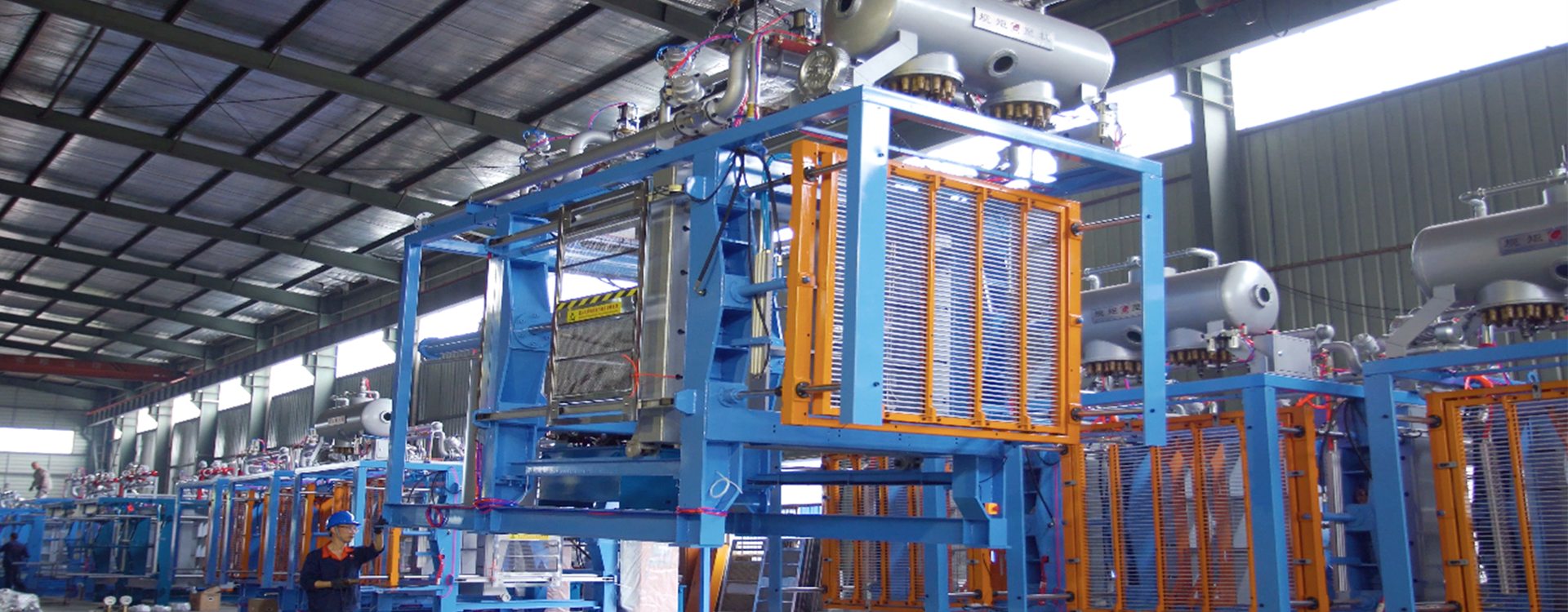Standard Guidelines for EPP Mold Manufacturing
-1743147452994.jpg)
1. Introduction
Expanded Polypropylene (EPP) molds are widely used in various industries, including automotive, packaging, and protective equipment. To ensure high-quality production, it is essential to follow standardized manufacturing guidelines. This document outlines the key standards and procedures for EPP mold manufacturing.
2. Material Selection
- Mold Base Material: High-quality aluminum alloy (e.g., 6061, 7075) or stainless steel to ensure durability and resistance to corrosion.
- Surface Treatment: Anodizing or Teflon coating to enhance release properties and extend mold life.
- Cavity and Core Materials: Precision-machined aluminum or steel with proper heat treatment to prevent deformation.
3. Design Specifications
- Dimensional Accuracy: Tolerance within ±0.1mm to ensure precision in final molded parts.
- Cavity Layout: Optimized for uniform steam distribution and efficient molding cycle.
- Ventilation System: Adequate venting channels to allow proper air and steam escape.
- Water Cooling System: Integrated cooling lines to control mold temperature and improve efficiency.
- Ejection Mechanism: Air-assisted ejection or mechanical ejectors for smooth demolding.
-1743147475842.jpg)
4. Manufacturing Process
4.1 CNC Machining
- Use advanced CNC machining techniques to achieve high precision and surface quality.
- Conduct rough machining followed by fine finishing to maintain dimensional accuracy.
4.2 Surface Treatment
- Polish mold surfaces to ensure smooth texture and minimal defects in molded products.
- Apply anti-corrosion coatings for extended mold longevity.
4.3 Assembly & Testing
- Fitting & Alignment: Ensure all mold components fit precisely to prevent air leakage.
- Steam Chamber Test: Verify uniform steam distribution for consistent foaming.
- Trial Molding: Conduct test runs to identify any potential issues before mass production.
5. Quality Control
- Dimensional Inspection: Use CMM (Coordinate Measuring Machine) for precise measurement validation.
- Leakage Test: Check for steam or air leakage in venting systems.
- Cycle Time Optimization: Ensure that the mold allows for efficient cycle times without compromising quality.
6. Maintenance & Care
- Regular Cleaning: Remove foam residue and dust to maintain mold performance.
- Lubrication: Apply proper lubricants to moving parts to prevent wear.
- Periodic Inspection: Conduct scheduled maintenance to detect early signs of wear and tear.
7. Conclusion
Following these manufacturing standards ensures high-quality, durable, and efficient EPP molds. By adhering to precise material selection, design principles, and quality control measures, manufacturers can achieve optimal mold performance and longevity, contributing to better EPP product outcomes.
-
EPP pallets: an innovative choice for the logistics and storage industry

2025-03-14
-
EPS Ice Cream Foam Box Production Line in Iraq

2025-03-07
-
Optimized EPS Mold Replacement Procedure

2025-03-05
-
Repair and maintenance of EPS equipment: best practices for extending the service life of the machine

2025-02-21




















